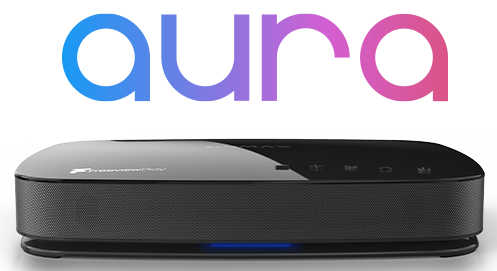Hi - I've recently changed my router to one that provides 802.11n and hence can, in theory, work up to 300Mbit/s*. I note the Humax WiFi dongle is also "n"-capable but I don't see any great increase in speed, either 48 or 56Mbit/s. The connection delay is much reduced however and, it seems, more reliable. My HDR and the router are separated by some distance.
So, I wondered what connection speeds any of you see - does anyone get anywhere near "n"-speeds.
Thanks
*I'm aware depending on the channel used 802.11n might only run at 150Mbit/s.


